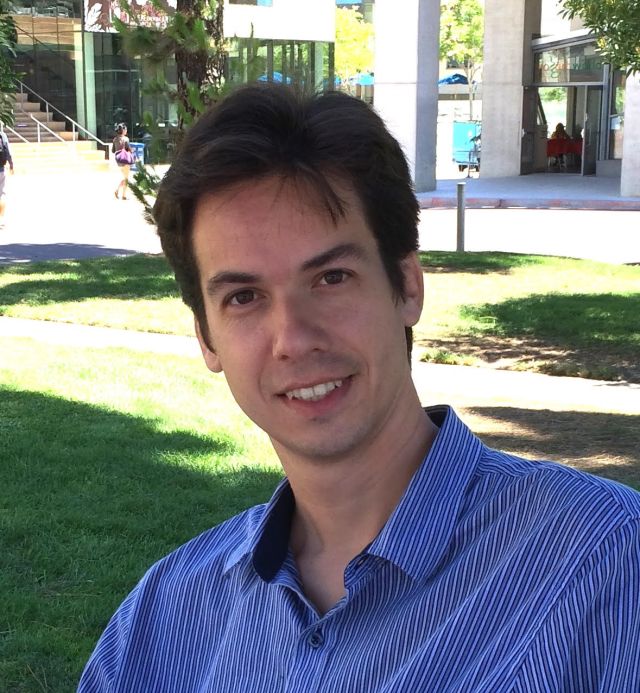Daryl C. Preece, Ph.D., Assistant Professor, UC Irvine - Illuminating Cellular damage and Repair: Biphotonic Tools and Beyond

Speaker:
Daryl Preece, Ph.D.
Assistant Professor of Biomedical Engineering
University of California, Irvine
Faculty Host: Arnab Mukherjee
Title: Illuminating Cellular damage and Repair: Biphotonic Tools and Beyond
Abstract:
In this talk, we will explore the cutting-edge use of light for cellular studies as a photo-physical tool to probe and manipulate cellular interactions and cellular mechanics. Here we discuss how biophotonics impacts the study of traumatic brain injury. Traumatic brain injury is often caused by a trauma to the head. However, its cellular mechanisms are still poorly understood. We will discuss our investigations into the deeper cellular processes at play and present our recent research on astrocyte repair mechanisms, highlighting the potential of light not only as a diagnostic tool but also as a means for physical intervention. This integrative approach promises to deepen our understanding of traumatic brain injury pathology and pave the way for novel therapeutic strategies using the unique properties of light.
Bio: